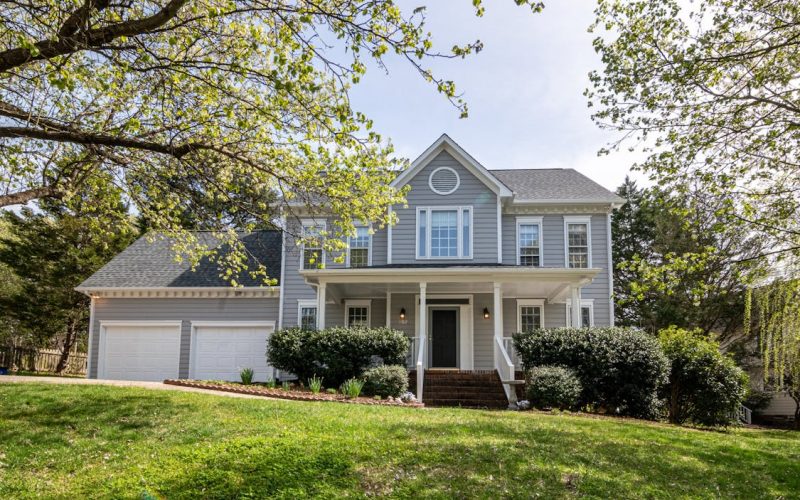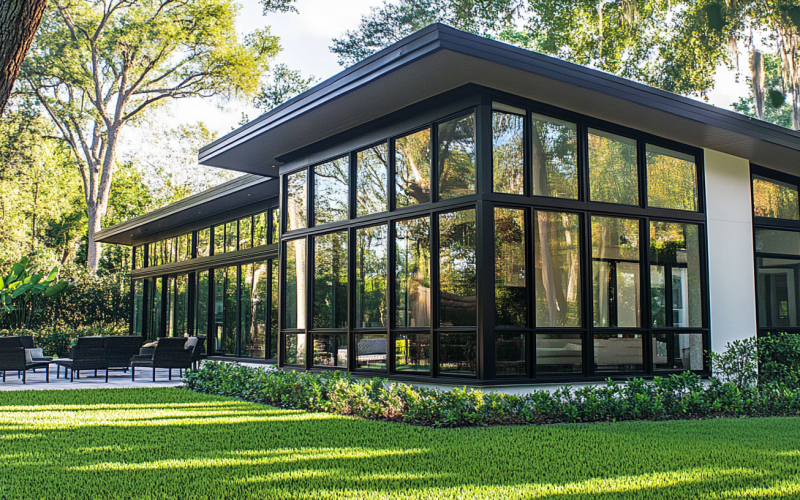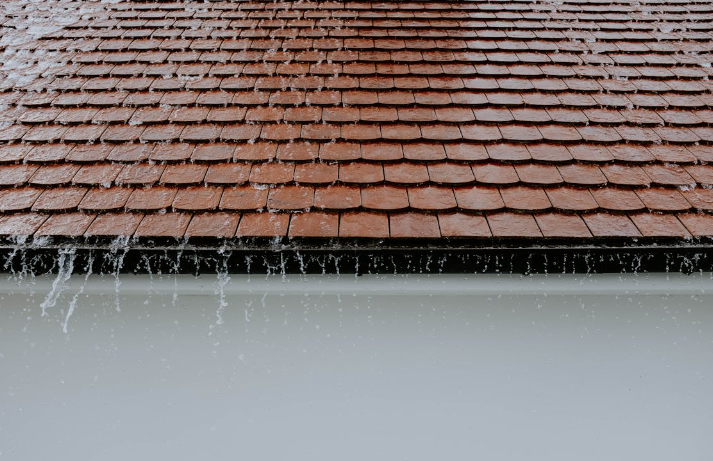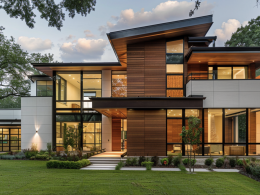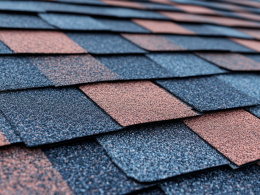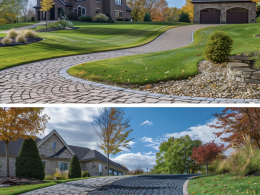Energy efficiency is more than a buzzword—it’s an essential aspect of maintaining a comfortable home while keeping utility bills manageable. The exterior of your home plays a significant role in how well it retains heat during the winter and stays cool in the summer.
This balance directly impacts the energy required for heating and cooling, which, in turn, affects your utility costs. Whether you live in an area with extreme temperatures or more moderate weather, the improvements you make to your home’s exterior can lead to substantial energy savings.
In Upper St. Clair, where the weather can range from hot and humid summers to cold and snowy winters, these exterior improvements are particularly important. The local climate demands a home that can withstand varying conditions throughout the year.
Upgrading Windows for Better Insulation
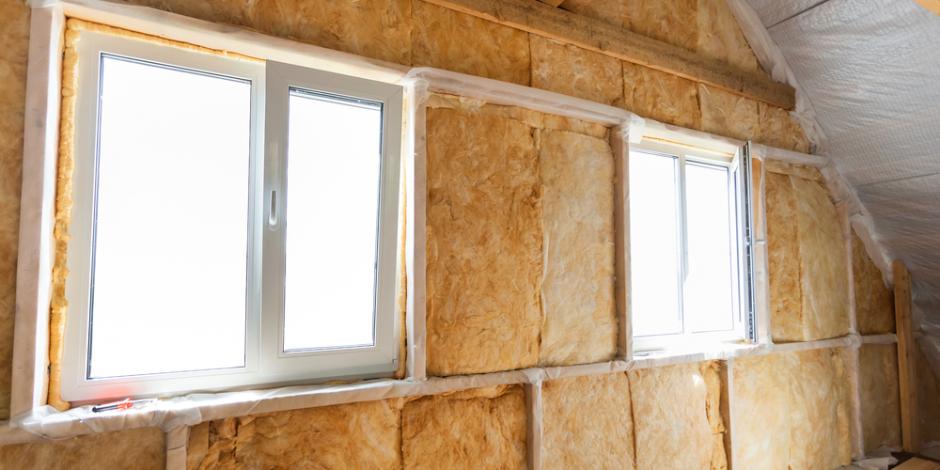
Windows are one of the most critical components of a home’s energy efficiency. Poorly insulated windows can be a major source of heat loss during winter and heat gain during summer, causing your heating and cooling systems to work overtime. Alongside increasing your energy consumption, it also leads to higher utility bills.
To combat this, upgrading to energy-efficient windows can make a significant difference. These windows are designed with advanced materials that provide better insulation and keep your home at a stable temperature year-round.
For homeowners in Upper St. Clair, where the weather can be unpredictable, investing in quality windows is a smart move. Given the local climate, it’s worth considering windows that are specifically designed for energy efficiency in both hot and cold conditions.
A reputable replacement window company in Upper St. Clair can offer options that are tailored to these needs. In turn, your home will remain comfortable while cutting down on energy costs.
Installing Energy-Efficient Siding
Traditional siding materials often lack the insulation properties needed to prevent heat transfer, which can lead to increased heating and cooling costs. Energy-efficient siding materials can create a more effective barrier between the exterior and interior of your home. They stabilize indoor temperatures, thereby reducing the workload on your HVAC system and ultimately lowering your utility bills.
In addition to its functional benefits, energy-efficient siding also comes in various materials, such as insulated vinyl, fiber cement, and wood composites. These materials provide better insulation while offering aesthetic appeal. Given Upper St. Clair’s varying weather conditions, opting for siding that can withstand both the summer heat and winter cold is particularly beneficial. With the right siding choice, you can enjoy a more energy-efficient home that’s also visually appealing.
Insulating Exterior Doors

Exterior doors are often overlooked when it comes to energy efficiency, but they play a crucial role in preventing heat loss. A poorly insulated door can allow drafts to enter, making your home colder in the winter and warmer in the summer.
It forces your heating and cooling systems to work harder, leading to increased energy usage and higher utility bills. Upgrading to insulated exterior doors is a simple yet effective way to improve your home’s energy efficiency.
In addition to upgrading the door itself, adding weather stripping around the door frame can further enhance insulation. This inexpensive solution helps to seal any gaps, preventing cold air from entering and warm air from escaping.
For homeowners in Upper St. Clair, where winter temperatures can drop significantly, insulating exterior doors is an essential step in maintaining a comfortable and energy-efficient home.
Sealing and Insulating the Roof
The roof is one of the largest surfaces of your home exposed to the elements, which makes it a key factor in your home’s overall energy efficiency. During the winter, a poorly insulated roof can be a huge source of heat loss, leading to higher heating costs.
Similarly, in the summer, the roof can absorb a substantial amount of heat, increasing the cooling load on your air conditioning system. Hence, to mitigate these issues, check whether your roof is properly insulated and sealed.
Several options are available for improving your roof’s energy efficiency. Adding or upgrading insulation in the attic is one of the most effective methods.
This helps prevent warm air from escaping during the winter and keeps hot air from entering during the summer. Additionally, using reflective roofing materials or energy-efficient shingles can further reduce heat absorption.
Utilizing Energy-Efficient Landscaping
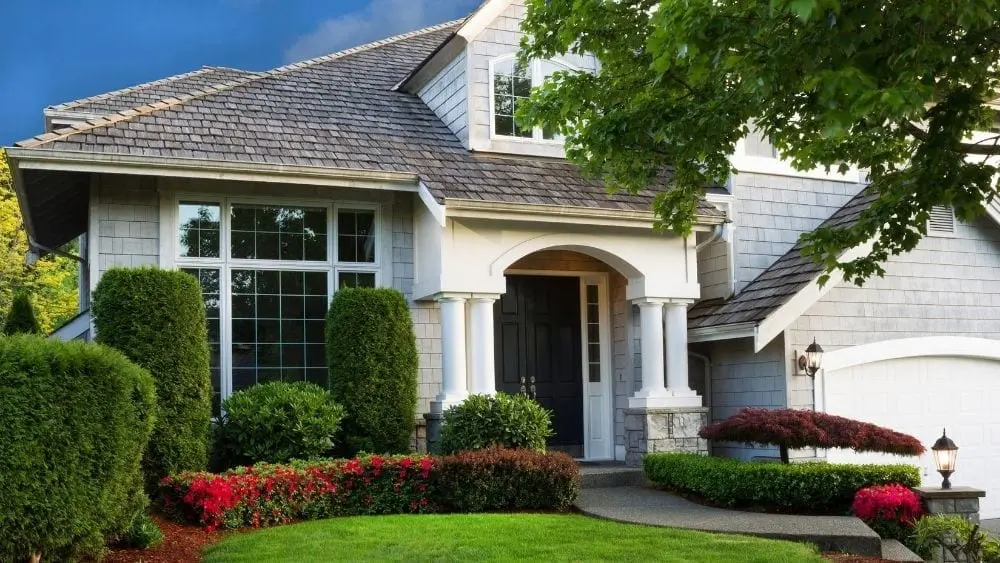
Landscaping is often thought of as purely aesthetic, but it can also play a significant role in enhancing your home’s energy efficiency. Strategic landscaping can provide natural insulation and reduce the energy required for heating and cooling.
For example, planting deciduous trees on the south and west sides of your home can provide shade during the hot summer months, reducing the need for air conditioning. In the winter, when these trees lose their leaves, they allow sunlight to enter your home, helping warm it naturally.
In addition to trees, other landscaping elements can contribute to energy efficiency. Using shrubs and bushes around the base of your home can create an additional layer of insulation and reduce heat loss during the winter. Windbreaks, such as tall trees or dense hedges, can block cold winds, decreasing the need for heating.
For homeowners in Upper St. Clair, where winters can be harsh and summers can be warm, incorporating energy-efficient landscaping into your property can lead to significant savings on utility bills while also beautifying your home.
Installing Solar Panels
Solar panels are a powerful tool for reducing energy costs by harnessing renewable energy from the sun. While the initial investment can be high, the long-term savings and environmental benefits make solar panels an excellent option for many homeowners.
Solar panels convert sunlight into electricity, reducing your reliance on traditional energy sources and lowering your utility bills. In regions with ample sunlight, they can produce enough energy to meet most, if not all, of a home’s electricity needs.
In Upper St. Clair, where the climate includes both sunny and overcast days, modern solar technology can still be effective. Today’s solar panels are designed to work efficiently even in less-than-ideal weather conditions, making them a viable option for homeowners in this area.
Moreover, many regions offer financial incentives, such as tax credits or rebates, for installing solar panels, which can help offset the initial costs.
Whether it’s upgrading windows, installing energy-efficient siding, insulating exterior doors, sealing and insulating the roof, utilizing energy-efficient landscaping, or installing solar panels, each of these improvements can make a significant impact. For homeowners in Upper St. Clair, where the weather varies widely throughout the year, these exterior upgrades are especially important.





